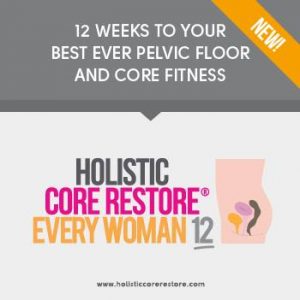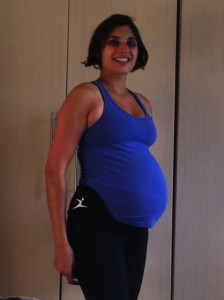How your core keeps you strong in pregnancy.
Pregnancy is a time of real excitement but also anxiety and change in your body. Things that aren’t usually a problem can suddenly become one. One way to ensure you keep your body strong and functional is to include regular exercise with a specially trained teacher advising you. Why? As the body changes your normal exercise routine will almost definitely need to be adapted. It is also a good idea to add in movements that will build movement patterns for motherhood. The ideal time to prepare for postural changes, lifting, feeding and moving about with a baby is in pregnancy. It may not feel like it, but you have more time and head space when pregnant than after baby comes!
Top areas to focus on:
- Your core. This includes your pelvic floor, lower back, lower abdominals, waist muscles. Now you don’t need to be doing hard-core ab workouts (stay away from those) but you do want to strengthen these muscles in a kinder way. They need to be strong enough to support the growing bump, your posture changes and to support your pelvis. They also need to be able to relax for labour.
- Shoulders are the number 1 complaint I see in classes. Whether it is from desk working or carrying another child, now is the time to tackle it. Get some release work or massage in to complement the strengthening work. Start to work out where normal should be for your shoulders so you can listen to your body. Move within it’s range to prevent further issues. The moves we use in pilates are all about working within your normal range but also strengthening and improving it.
- Supporting your pelvis. Yes working on your core will help with this, but there is more to it. Your gluts and inner thighs are also key. So make sure you have some exercises to target these areas.
- Getting up and down to the floor. This is something you will need to do a lot with a baby so it is time to get practicing. Bending over is going to hurt your back. So instead lunging, hinging and squatting are your friends.
- Breathing. It destresses you, it helps your pelvic floor heal, it strengthens you. There are so many benefits, getting someone to watch you breath and correct you, could be the best thing you do!
Here are some simple core strengthening and shoulder focused moves you can do on a stability ball, chair or stood.

















